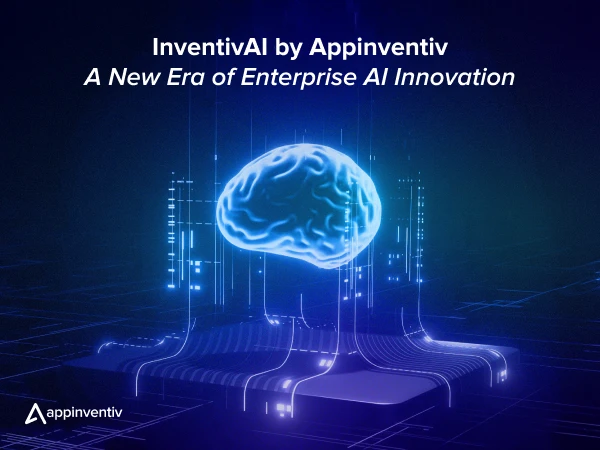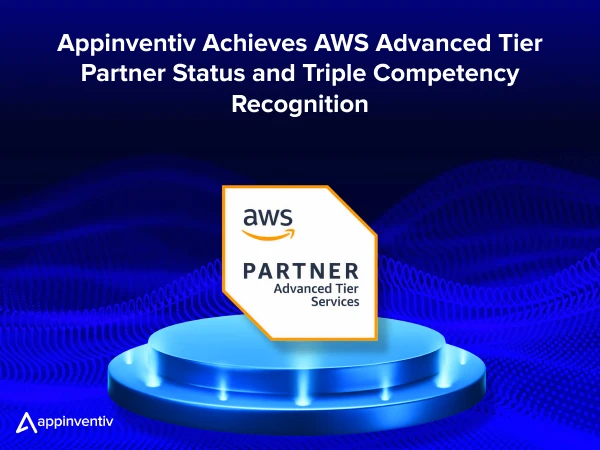In today’s cloud-native world, application teams seek automation, security, and scalability without trade-offs. Red Hat OpenShift Service on AWS (ROSA) delivers a managed Kubernetes experience with enterprise-grade features. But when clusters run in private subnets for security, it creates a common challenge: how do you enable CI/CD pipelines that rely on external triggers, like GitHub webhooks, without exposing your cluster to the internet?
In this blog, we highlight a real-world success story where we built an end-to-end CI/CD pipeline on a private ROSA cluster using Tekton pipelines, GitHub webhooks, and a Bastion reverse proxy. This design delivered security, speed, and automation, enabling seamless code-to-deployment workflows in production.
Customer Problem Statement
The customer was running workloads on ROSA to power business-critical applications. For security, the clusters were deployed entirely in private subnets. While this eliminated public exposure, it introduced an immediate bottleneck:
- Webhook Delivery Blocked: GitHub could not send push/PR events to the Tekton EventListener service inside the private cluster.
- Manual Deployments: Developers were forced to run manual oc or kubectl commands after each change.
- Slow Feedback Loops: Without automation, builds and deployments lagged behind commits.
- Scalability Issues: Each new application required manual setup, slowing delivery and increasing operational overhead.
In short, the organization had robust infrastructure but lacked a secure bridge between GitHub → Tekton → ROSA deployments.
Solution Implemented
Our team designed and implemented a production-ready DevOps pipeline, powered by CI/CD automation and tailored for private ROSA clusters. The solution combined Tekton, GitHub, and a Bastion + Nginx reverse proxy for secure webhook handling.
1. Foundation Setup
- Deployed a ROSA cluster in private subnets.
- Installed Tekton Pipelines & Triggers via OpenShift OperatorHub.
- Configured a Node.js application in GitHub as the source repo.
2. Pipeline Design
The Tekton pipeline was designed as a repeatable, modular flow:
- Code Fetch -> Tekton git-clone task pulls the repo.
- Image Build -> Kaniko builds a container image securely (no privileged access).
- Push to ECR -> Images tagged with the commit SHA are pushed to Amazon ECR.
- Deploy -> OpenShift Deployment is automatically updated with the new image.
Think of it as a conveyor belt: GitHub → Tekton → ECR → ROSA Deployment.
3. Secure Webhook Integration
To bridge GitHub with the private ROSA cluster:
- A Bastion EC2 instance was launched in a public subnet.
- Nginx reverse proxy was configured on the Bastion to receive GitHub webhooks.
- Nginx securely forwarded requests to the Tekton EventListener service inside ROSA.
Result: GitHub push events could now trigger Tekton pipelines securely without exposing the cluster.
Business Value Achieved
Within weeks of deploying this CI/CD solution, we realized immediate benefits:
- 100% Automation: Code changes triggered pipelines instantly, eliminating manual steps.
- Faster Delivery: Build → Push → Deploy cycles completed in minutes.
- Security Maintained: The ROSA cluster stayed private with no direct exposure to the internet.
- Scalability: Adding new apps only required defining new pipelines, not re-engineering networking.
- Developer Productivity Boost: Engineers focused on writing code, not running deployment scripts.
Key Learnings
- Separation of Concerns: Tekton handled CI/CD, OpenShift handled deployments.
- Networking Creativity: Bastion + Nginx proved to be a simple and secure bridge for private clusters.
- Scalability: Multiple apps can use the same pattern with minimal changes.
- Automation Confidence: Even in a private environment, pipelines can run reliably.
Conclusion
Through this, we demonstrated that it is possible to build end-to-end CI/CD pipelines on ROSA with private networking, using Tekton, GitHub, and a secure Bastion + Nginx setup.
This approach shows that security and automation can coexist, even in private clusters. If you are exploring ROSA for production workloads, this pattern provides a strong foundation for secure, automated, and scalable CI/CD pipelines.


- In just 2 mins you will get a response
- Your idea is 100% protected by our Non Disclosure Agreement.

How to Choose the Right DevOps Automation Tools for Your Business?
Key takeaways: Picking the right DevOps automation tools can turn release chaos into control. Smart automation enhances speed, reliability, and team efficiency. Tool selection should align with business goals, not market hype. Over-automation and poor alignment often lead to project failure. A well-planned DevOps setup drives measurable and sustainable business growth. Let’s be honest -…

DevOps Maturity: Why It Matters and How Business Leaders Can Achieve It
Key takeaways: DevOps maturity is a business growth driver—not just a tech upgrade. Organizations evolve through five stages, from ad-hoc practices to AI-driven automation. Mature DevOps teams excel in automation, collaboration, observability, and security. Strategic frameworks like CALMS, DORA, and VSM guide transformation effectively. Achieving maturity requires cultural shifts, skilled teams, and continuous measurement. The…

Why DevOps Outsourcing is the Smartest Move for Enterprises and How to Get it Right?
Enterprise IT teams today are under siege. Market demands are shifting faster than ever, customer expectations are sky-high, and the pressure to deliver secure, high-quality software at speed has never been more intense. But here’s the kicker - most in-house teams are stuck firefighting legacy infrastructure issues, managing complex toolchains, and navigating organizational silos that…



































